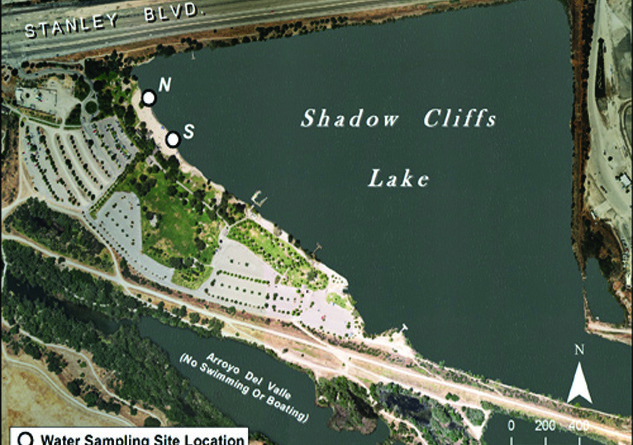Sacramento / CALIFORNIA
A new state fish advisory issued Tuesday for Shadow Cliffs Lake in Pleasanton offers safe eating advice for four species of fish.
“Eating fish low in mercury provides important health benefits. It can help reduce the risk of heart disease and is an excellent source of protein,” said Dr. Lauren Zeise, acting director of the California Environmental Protection Agency’s Office of Environmental Health Hazard Assessment (OEHHA). “These guidelines balance the health benefits of eating fish against the risks from exposure to mercury and PCBs.”
The recommendations developed by OEHHA for each fish species are based on levels of mercury and PCBs measured in fish from Shadow Cliffs Lake. The 80-acre lake is part of the East Bay Regional Parks District’s 266-acre Shadow Cliffs Regional Recreation Area.
Depending on the exposure level, methylmercury can harm the brain and nervous system of people, especially in fetuses and children as they grow. PCBs can affect the nervous system, and can cause cancer and other health effects.
Women aged 18 to 45 and children ages 1 to 17 can safely eat up to two servings per week of catfish or sunfish species (such as bluegill), or one serving per week of carp. They should avoid eating black bass. Women age 46 and older and men age 18 and older can safely eat up to six servings per week of catfish or sunfish species, or one serving per week of black bass and carp.
Eating fish in amounts slightly greater than the advisory’s recommendations is not likely to cause a health problem if it is done only occasionally, such as eating fish caught during an annual vacation.
The health advisory and eating advice for Shadow Cliffs Lake – as well as eating guidelines for other fish species and California bodies of water – are available at
http://www.oehha.ca.gov/fish/so_cal/index.html. Pictorial fish consumption advice is also available on that page in both English and Spanish.
OEHHA is the primary state entity for the assessment of risks posed by chemical contaminants in the environment. Its mission is to protect and enhance public health and the environment by scientific evaluation of risks posed by hazardous substances.






